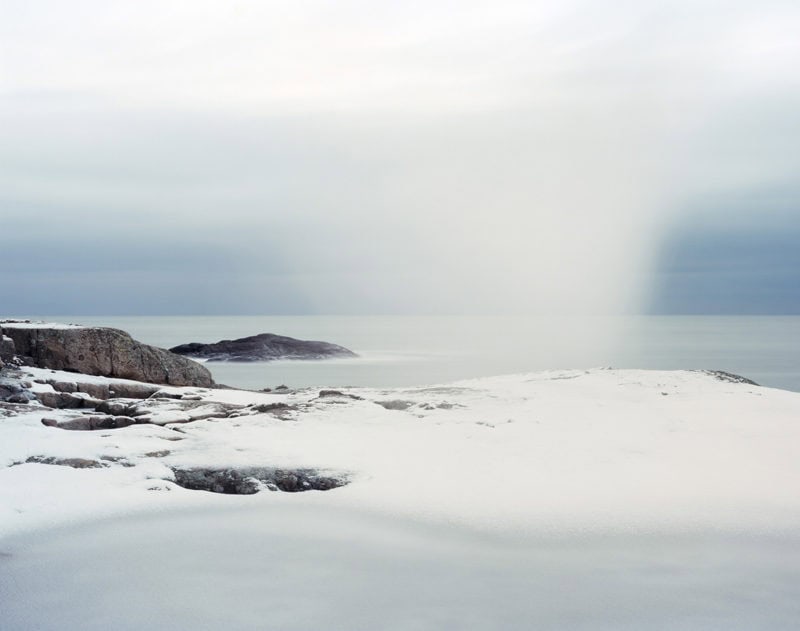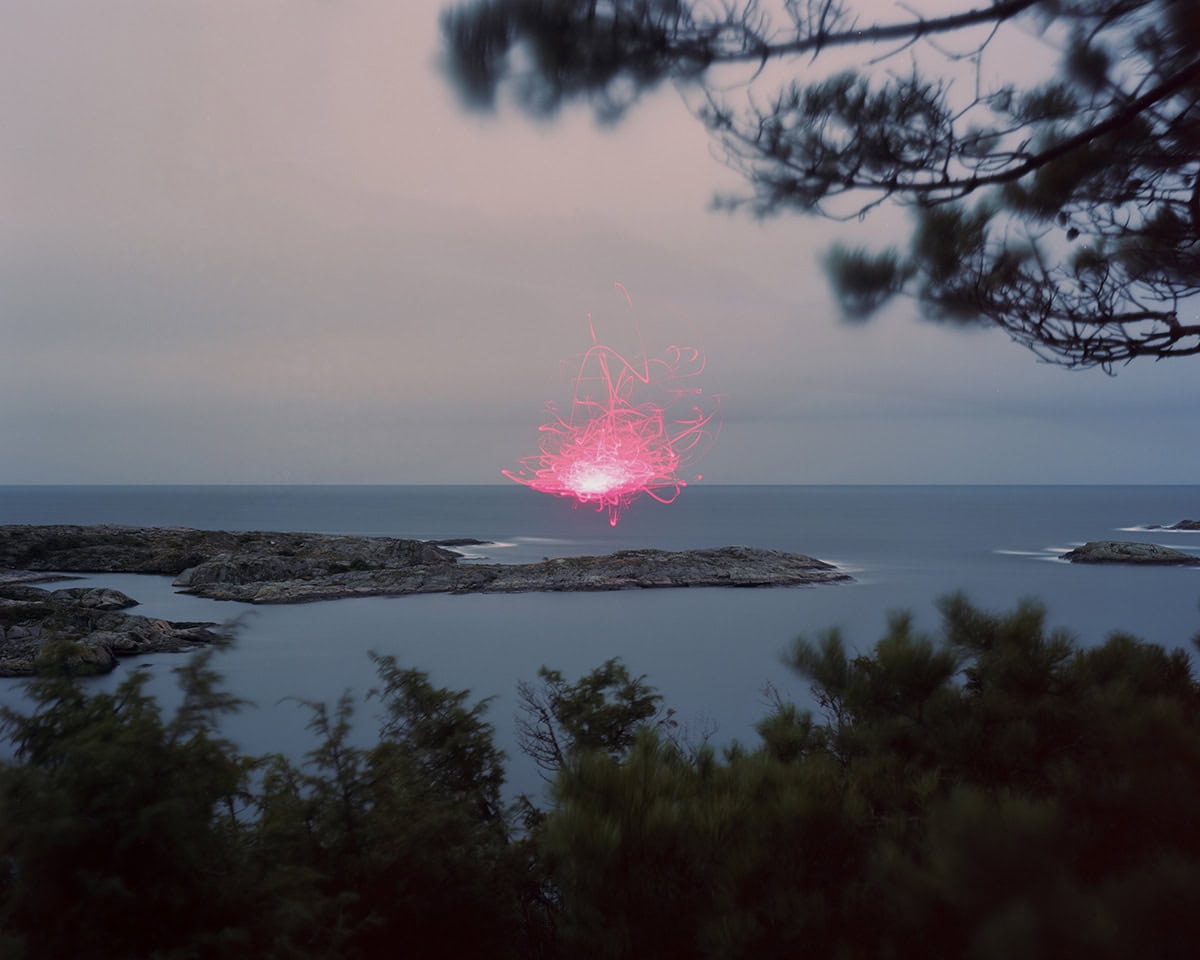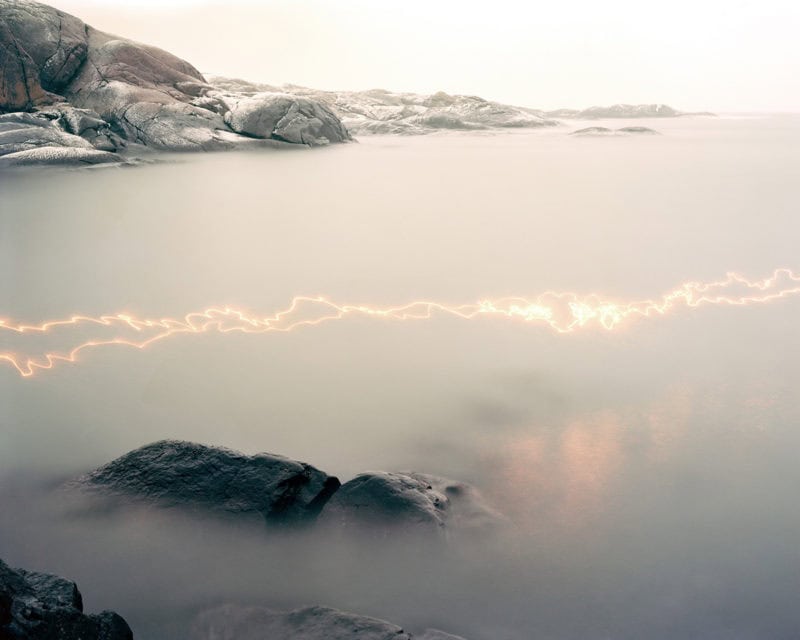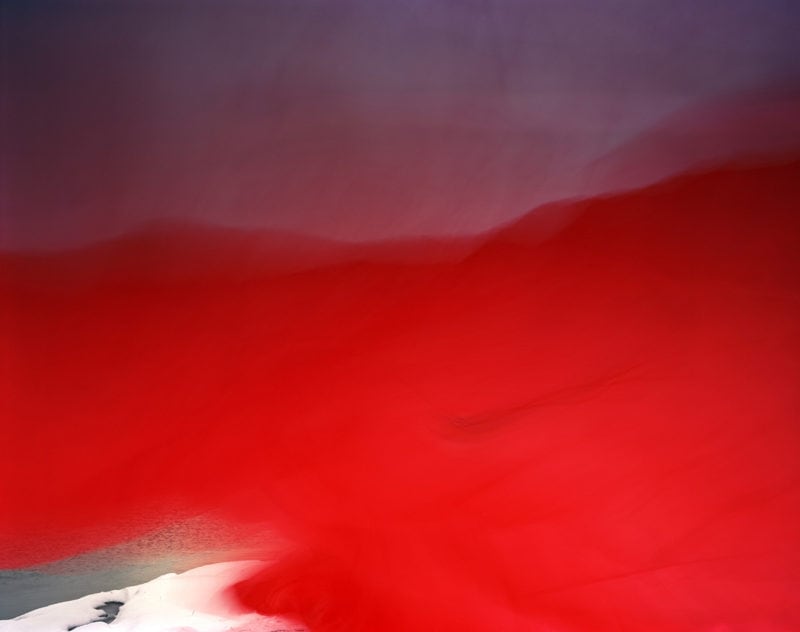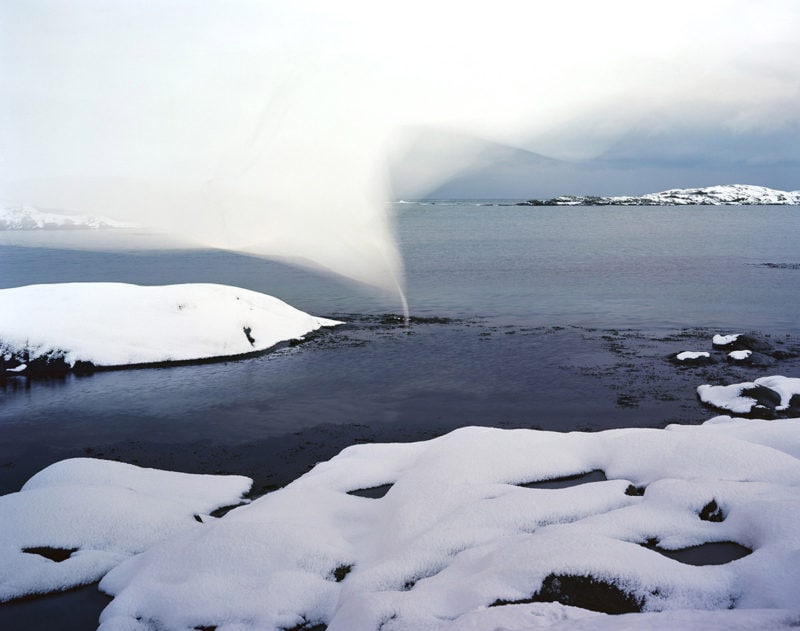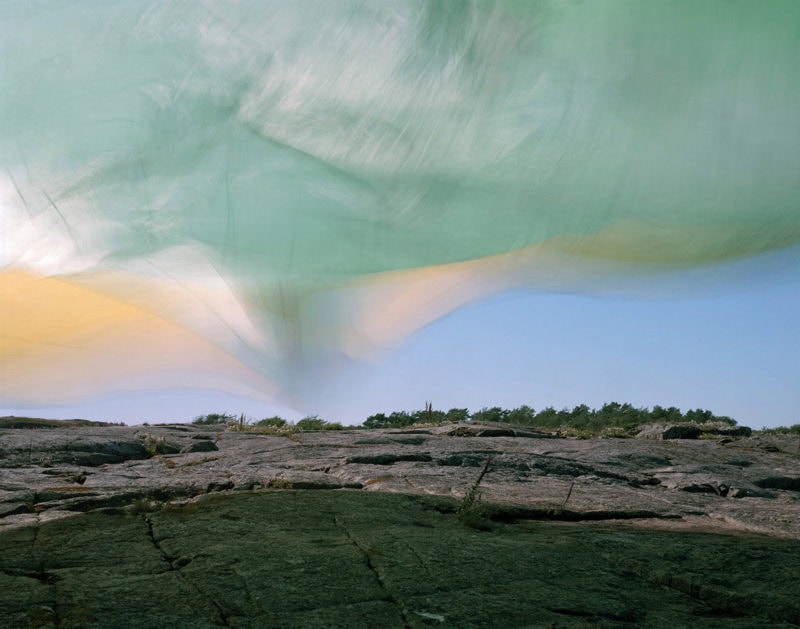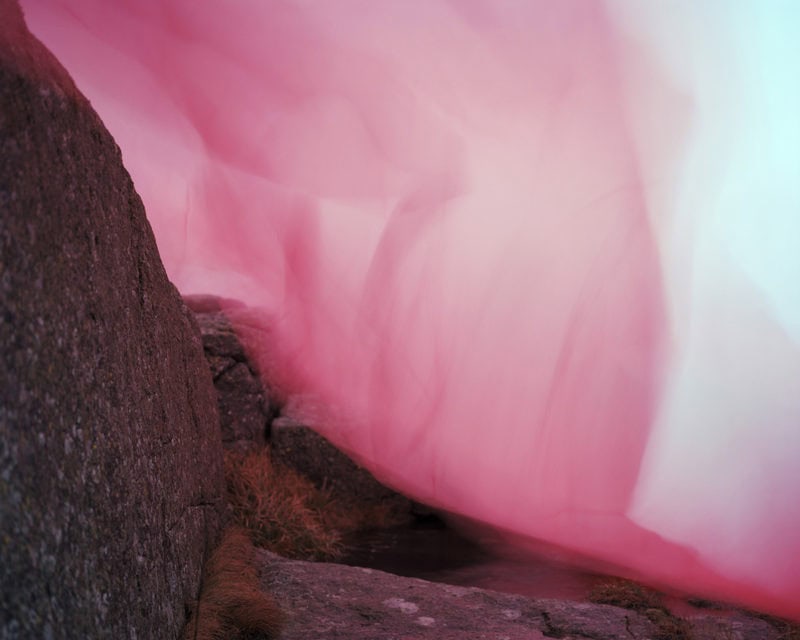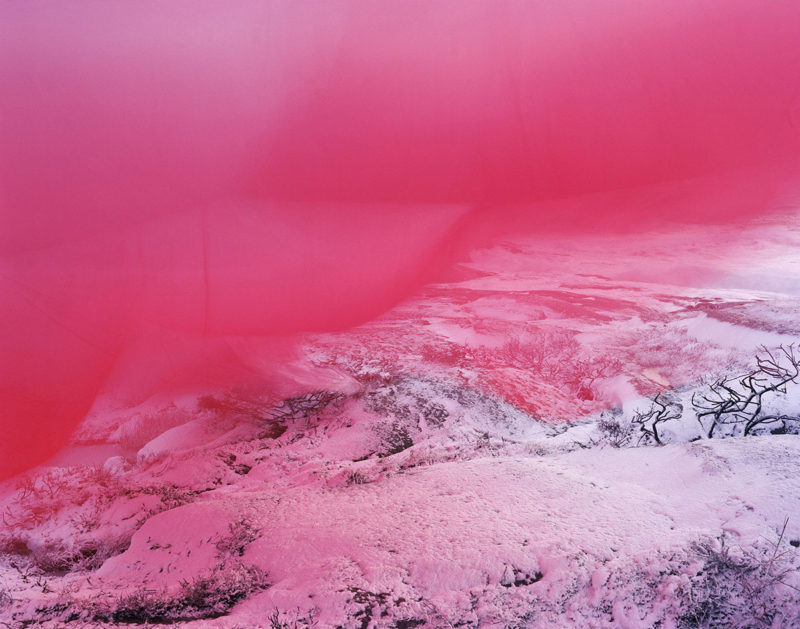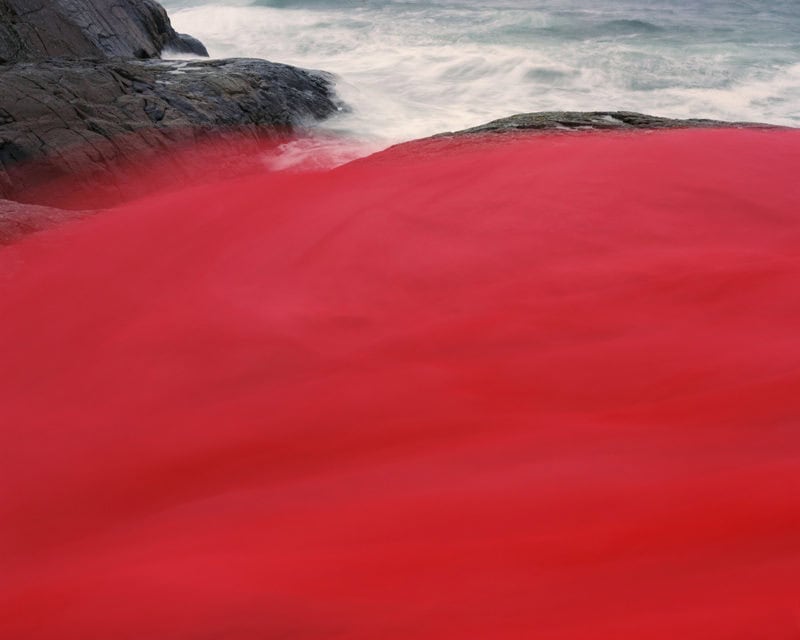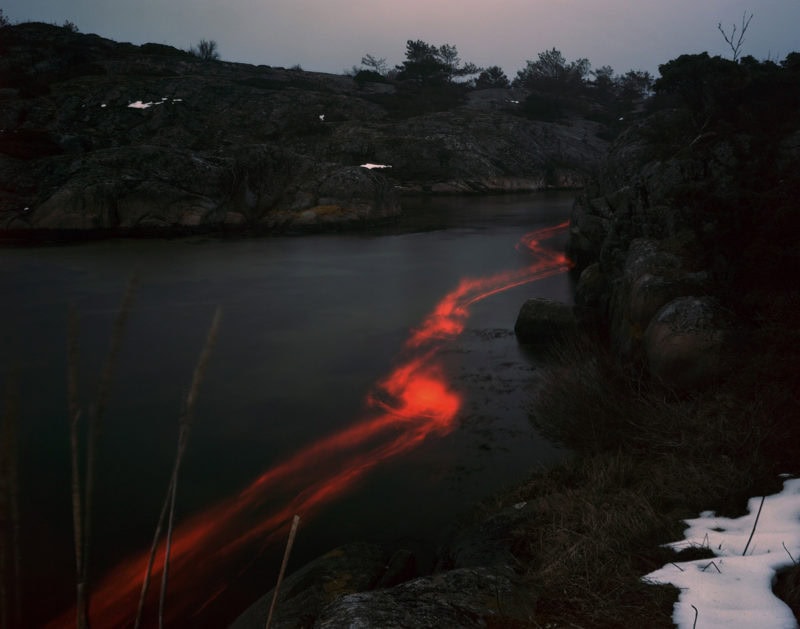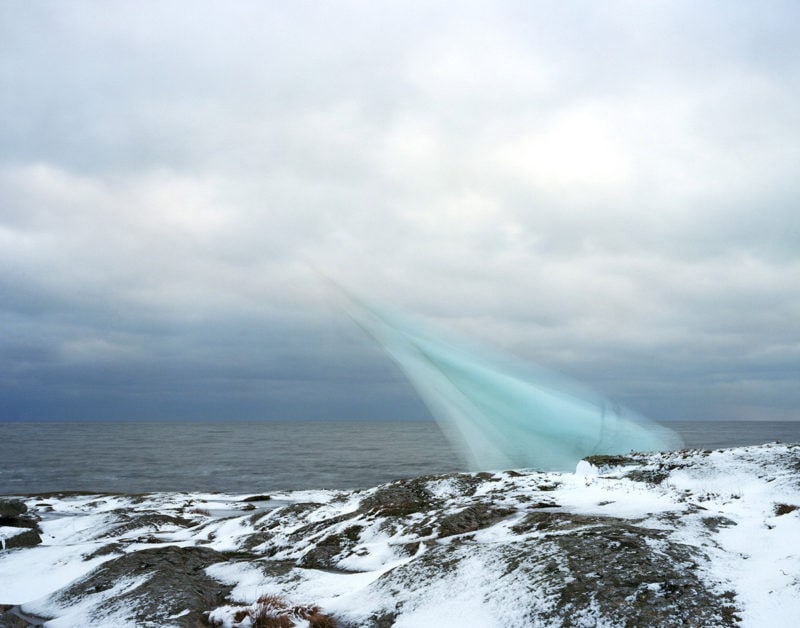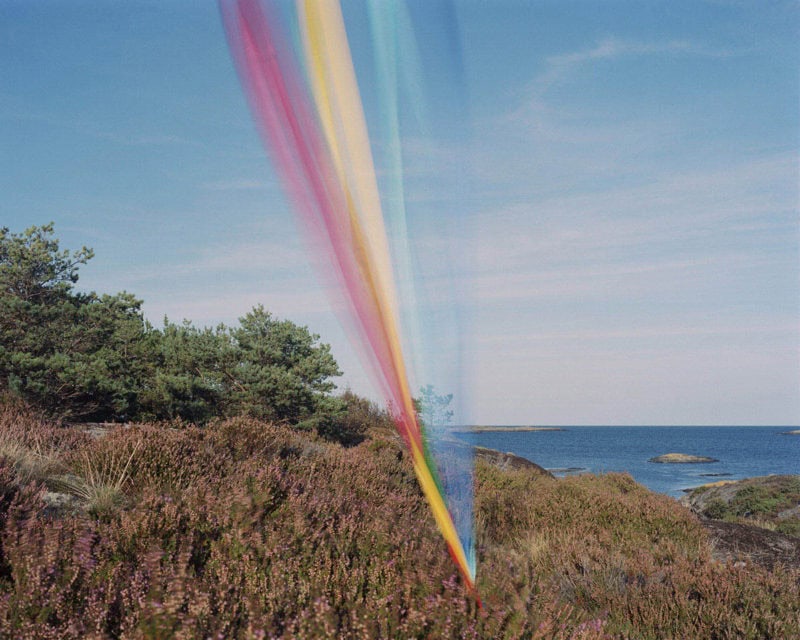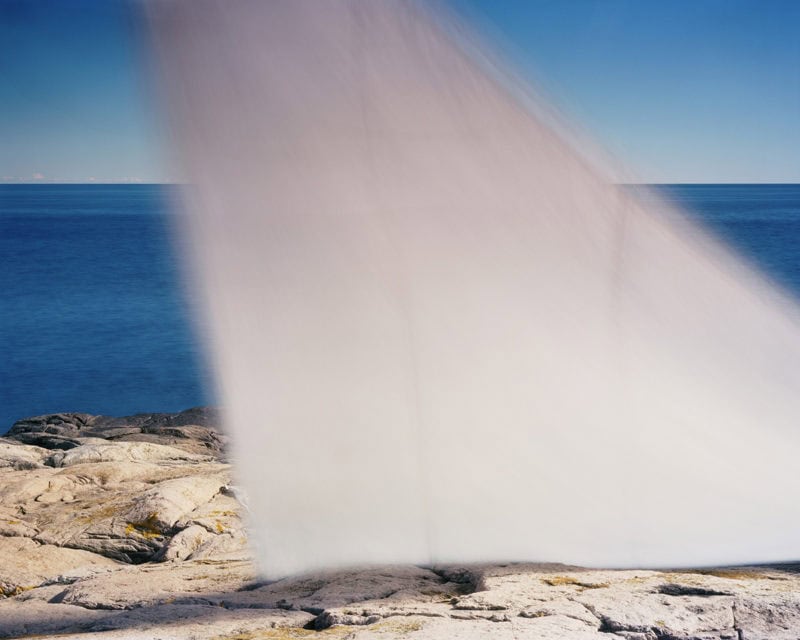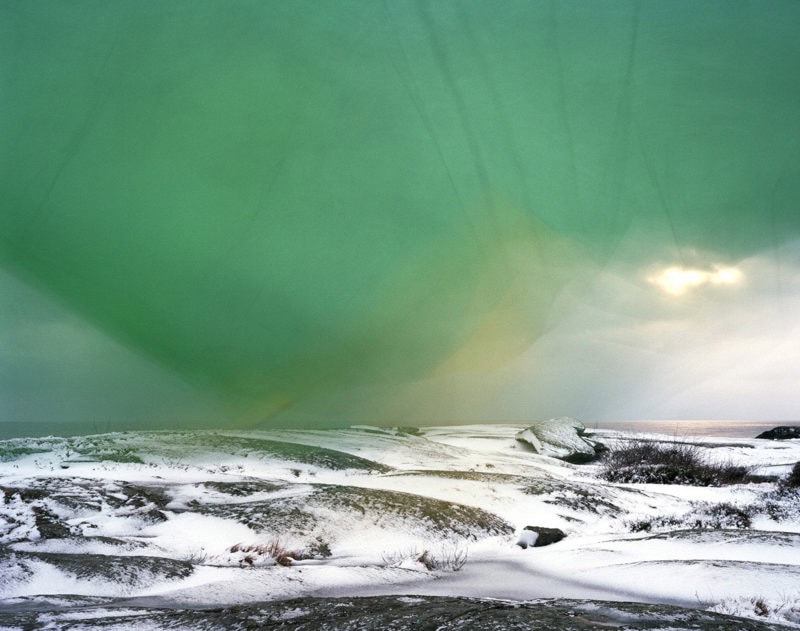Ole Brodersen is a Norwegian art photographer who works with staged landscapes. His most known series “Trespassing” explores encounters between man and nature, and is produced in the island society Lyngør where he grew up as 12th generation.
He is strongly affiliated to this place and the maritime elements here dominate his motifs. His father is a sail maker, his grandfather was a sailor and he himself used to row to school.
After a brief international career asan art director, Brodersen circumnavigated the Atlantic Ocean for a year. Upon his return he made a gallery on his home island and later pursued photography through assisting the fine art photographer Dag Alveng (represented at MOMA and Metropolitan).
Brodersen‘s photographs was last shown at the Scandinavia House in New York; his participation supported by the Norwegian Consulate and mentioned by the New Yorker and Harper‘s Magazine.
His works has been acquired by private and public collections in Norway, Sweden, Serbia, Malawi, the United Arab Emirates and USA. Brodersen has sojourned in New York, Prague, Belgrade, Stockholm and Porto. He is a member of Norwegian Society of Fine Art Photographers and Norwegian Visual Artist‘s Association.
About ‘Trespassing Third Suite‘:
It is not down on any map; true places never are.
— Herman Melville, Moby-Dick; or, The Whale
The forces of nature are natural phenomena always present in a landscape, beyond human control. Ole Brodersen‘s workis dedicated to unveiling this presence by exploring encounters between manmade objects and untouched nature.
Brodersen grew up in Lyngør, a car-free archipelago in Norway with 100 inhabitants. His family has been living here for 12 generations. Ole‘s father is a sail maker and his grandfather was a sailor. He rowed to school and sailed from the age of 6.
The mainland appears to him as static, firm and controllable. The ocean, on the other hand, is like an unconquered frontier of nature. Living on this threshold, you grow up to be constantly aware of the changes in the air and sea. High tide? Check the moorings. Heavy snowfall? Shovel snow off the boats.
In 2008Ole circumnavigated the Atlantic Ocean in a 120-year-old pilot cutter. It was mostly about the adventure, and to some extent to put him to the test. But Ole has now followed the wake of his forefathers. The experience did not necessarily mark the beginning of something, but rather a return to what he was all along. A homecoming of sorts.
The very permanence of form is only an outline of movement.
— Henri Bergson
Preparing for his recordings, Ole collects various materials such as: Styrofoam, pieces of sailcloth and rope, out of which he makes objectsthat will populate the landscape. Most of the material is found while rummaging through his grandfather‘s shed or his father‘s sail loft. Out of these Ole fashionsmarkers; i.e. floats, flags, kites and different light sources.
Waves, tide, wind and currents decide where the recordings will take place. At a suitable location, Oledeployshis markers, starts the chosen exposure and waits while it develops in front of him.
The photographs revealmovement that is unnoticed, rather than undetectable. Auseful analogy is false-color; a technique used in deep space imaging to visualize different unobservable phenomena. Images taken by telescopes areoften in wavelengths invisible to the human eye, and needs to be mapped into our perceptual range. We know that these astronomical phenomena aren‘t presented the way they actually look, but otherwise they would remain undetected by us.
The titles are the list of ingredients used to create the markers. The titles are in the photograph, rather than underneath them. Their function is to demystify, rather than to comment. It is not his wish for the observer to spend time solving riddles. In addition, he wants to underline the importance of the coincidences that occur during the process, how unpredicted events and using what he has at hand leaves a mark on the result.
